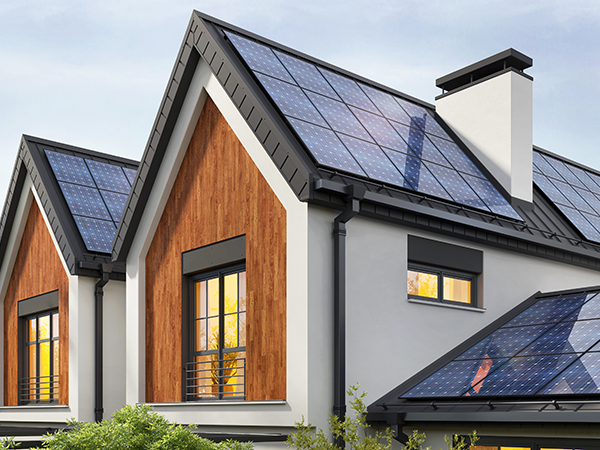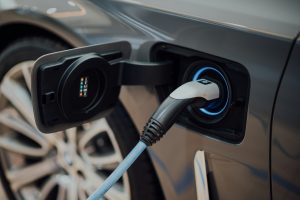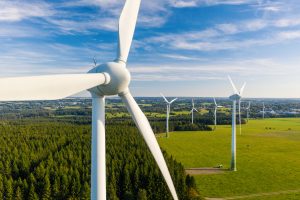One of the biggest hurdles for net zero targets is inefficient energy use of legacy real estate

You might be tempted to assume that given you’re currently travelling less your personal carbon footprint is smaller than usual. Unfortunately, that is not necessarily the case. The fact is that for many of us, spending more time in our (heated) homes could be contributing to a larger carbon footprint.
Across Europe, inefficient buildings are the largest single energy consumer. They’re responsible for approximately 40% of overall energy consumption and over one third of total
Greenhouse gas
Over the past year, we have seen a significant change in the narrative of governments around the world as they begin to shift their economies and cities towards carbon neutrality.
Usually, the politicians that introduce these carbon neutral goals tend to look at new offshore windfarms or fields full of solar panels. However, improving the energy efficiency of the buildings in which we live and work, as well as reducing the overall amount of energy we consume is equally important and readily achievable with existing technologies we have.
While we have seen a radical shift in the mindset of consumers and governments around climate change, there remains a substantial necessity to invest in the relatively low hanging fruit that is our buildings and energy saving methodologies. For investors, this presents an opportunity as this change begins to accelerate and governments and corporates begin to realise the work that is required here, and the speed it needs to happen at.
Globally, the largest, and easiest opportunity for energy improvements is within the buildings in which we live and work.
Regulation
Governments are slowly realising that reducing inefficiencies within the building sector is an essential component in order to meet their recently launched climate goals. For example, it would take around four hundred years to renovate the building sector in Europe to bring it in line with the desired COP21 trajectory based on the current renovation rate. 3
Globally, for energy efficiency to deliver its 44% share of the
Greenhouse gas
The Paris Agreement
The sector is politically popular as well. For example, as Biden’s America looks to increase infrastructure spending, they will require thousands of new jobs, jobs that former fossil fuel workers can retrain into.
Cost savings
It’s not just governments that are making changes though, companies themselves are also starting to realise the benefits of efficiency directly. According to the International Energy Agency (IEA), building efficiency investments repay three times on average over their asset-lives in energy savings alone, not counting any multiple benefits. 5 In the near future, we might also see higher working capital costs for inefficient companies as the cost of carbon used increases and ESG investors start to incorporate these costs into their discount rate to price.
It’s worth mentioning that the opportunity doesn’t sit entirely on the construction industry. The materials sector is where some of the biggest improvements can be made and we’re all aware of the small gains that insulation, lighting efficiency, temperature control and water efficiency can provide. However, according to the World Economic Forum digitalization is the real ‘game changer’ to accelerate the decarbonisation of buildings. 6 Building management systems empowered by digital technologies such as Internet of Things (IoT) and Artificial Intelligence (AI) will radically change how we manage the building stock’s energy consumption.
Furthermore, there is very little investment required from a Research & Development perspective: large reductions can happen simply by using existing technologies. Thanks to technological advances and improved regulation, buildings today consume only half as much as those built in the 1980s. 7
In Europe, nearly 35% of buildings are over 50 years old and almost 75% of the building stock is classified as being energy inefficient. 8 This means that the vast majority of buildings within the EU will require renovation, but currently less than 1% of the building stock is renovated each year. 9
It must be noted that in the haste to improve energy efficiency in our buildings, attention and vigilance must be asserted in the management of the potential challenges that could arise. For example, the health and safety concerns which come with some types of materials, as well as the sourcing and end use of products.
If governments are serious about their commitments to
Net Zero





